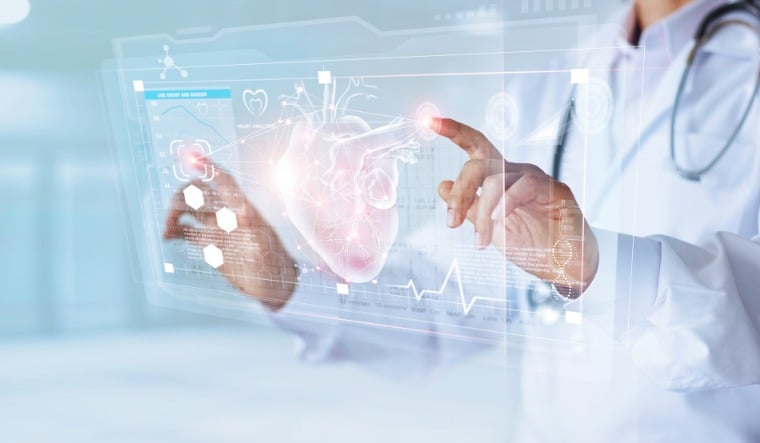A new study published in the European Heart Journal has indicated that taking selfies can be more than just showing your face and can be important in diagnosing heart disease. It is possible to use a computer algorithm to detect coronary artery disease through selfies.
Selfies can be used to diagnose heart disease
The study’s lead researcher, Zhe Zheng, stated that the research is the first work to show that artificial intelligence could be used to analyze people’s faces to detect heart disease. Zheng said that this was a step towards developing a deep learning-based tool that will be important in assessing the risk of heart disease by taking selfies to carry out their screening or in outpatient clinics.
Previously there have been links between the risk of heart diseases and facial features such as gray hair or thinning, creases or wrinkles in the ear lobes, and other signs such as arcus cornea and xanthelasma. However, these are warning signals that it is difficult for doctors to diagnose heart disease using the features only.
In the study, the researchers recruited around 5,796 subjects to help in developing the algorithm. Recruitment was done in eight hospitals in China between 2017 and 2019. All the subjects underwent an angiogram, which is a blood vessel imaging procedures. The researchers then took four photos of the patients from the sides, front and overhead, before asking each amount their medical histories. Radiologists performed an angiogram on every patient to determine the level of narrowing of the blood vessel. Usually, narrowing is an indicator of the severity of heart disease.
The algorithm has 50% of the false-positive rate
After the creation of the algorithm, around 1,013 subjects were tested across nine hospitals. Results indicated that the algorithm identified correctly individuals with heart disease 80%. However, the researchers have warned that the algorithm is not perfect, and there is a false positive rate of 50%.
Also, despite the promising results from the study, ethical implications should be addressed in the development and dissemination of the tech.


